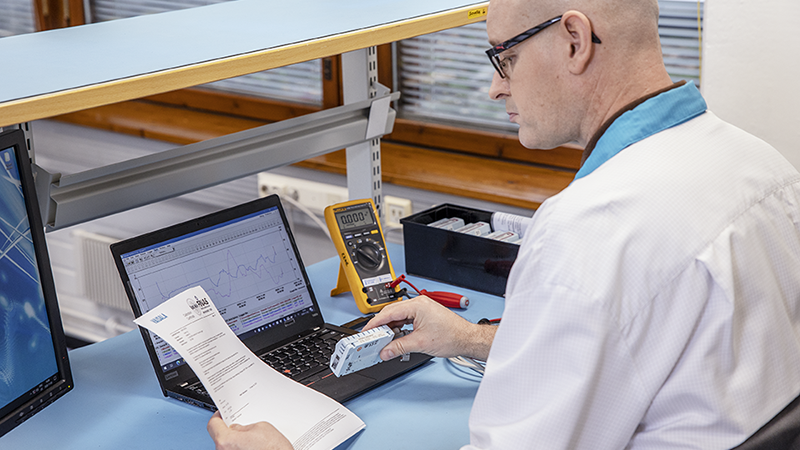Four Reasons to Calibrate Your Instrument at the Manufacturer
Customers often ask Vaisala about the differences of calibration services so let's share some of the less visible topics related to the services.
Regular calibration of the measurement instruments is important especially in demanding applications. Incorrect readings may lead to costly and incorrect decisions or even life danger in the most critical applications.
Selecting the correct calibration method and the supplier is the next important step. Some of the key elements for selecting quality calibration and the correct calibration option are discussed in the Vaisala webinar called Calibration as a Key to Better Business.
Most of the instrument manufacturers provide calibration services, but there can be significant differences in the services between the manufacturer and other commercial calibration laboratories. So what exactly are the benefits of calibrating your instrument at the manufacturer?
- You get the best possible accuracy for your instrument. The calibration procedure includes as-found calibration, adjustment, and as-left calibration to ensure the instrument reading to be 100 % accurate after the calibration. The manufacturer knows the adjustment procedures for all of their instruments. Often the calibration procedure even includes more adjustment points than you might see on the calibration certificate. This ensures the best accuracy for your instrument.
- You can be sure the instrument is as accurate as new. Modern instruments have a wide range of useful functionalities. Often the calibration service of a manufacturer includes additional testing as well – not just calibration. Even additional calibration points might be used to truly verify the functionality of the instrument. This additional testing confirms that all of the used features are performing as they should.
- You get no surprises with the delivery. Manufacturer has full capability to evaluate the condition of the instrument on the same service visit and take care of the needed actions. There is no need for additional logistics, which saves time and money. Even if the product has been out of specification for some reason, the manufacturer can often return it within the same timeframe as fully functional and within the original specification. Being able to avoid unpleasant surprises is critical in order to keep the downtime of the operations minimal and foreseeable.
- You get the latest updates. The manufacturers develop their instruments over the product life-cycle, and updates to software and other features are launched over the years. Manufacturers normally inform their customers of any operationally critical updates, but also smaller, unannounced performance improvements are sometimes done. By calibrating the instrument at the manufacturer, you can usually make sure you do not miss any critical updates or performance improvements, and you are able to enjoy the best possible features and performance.
As you can see, there are multiple points to consider when selecting the calibration provider, but the choice is straightforward when it comes to selecting between external organizations.
If you would like to know more about calibration or are wondering whether you should set up an internal calibration lab, this 34-pager on Calibration requirements, services, and activities (pdf) will give you expert knowledge on what calibration is all about.

Add new comment